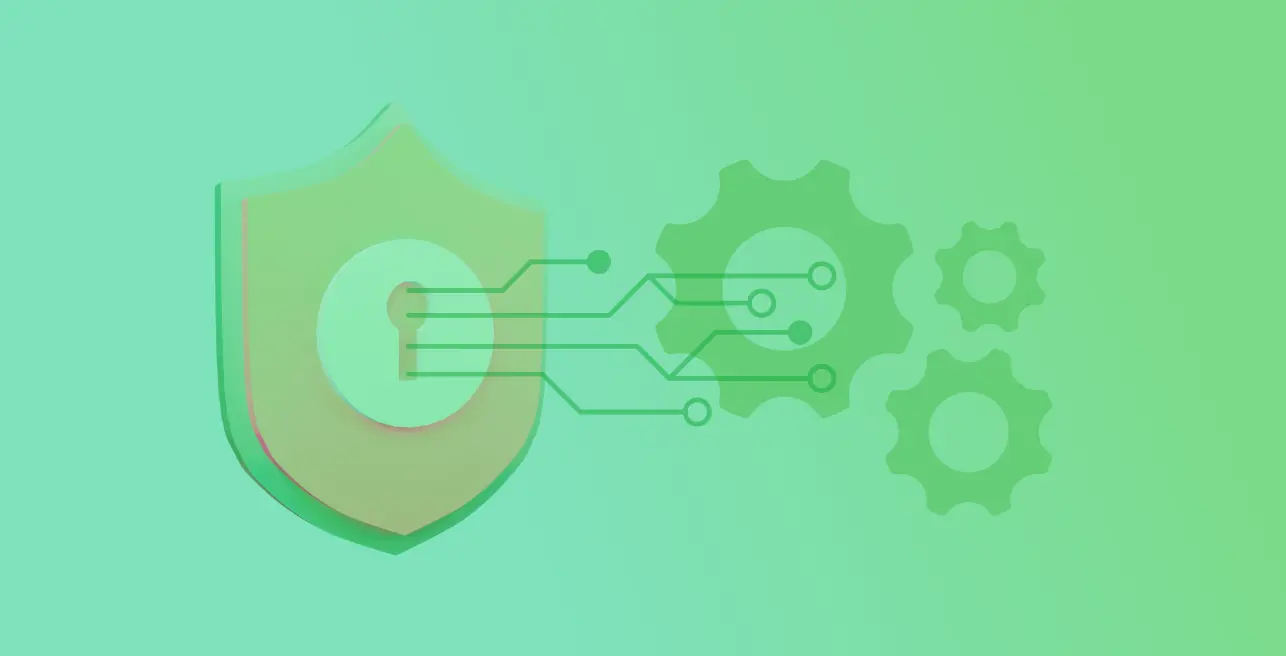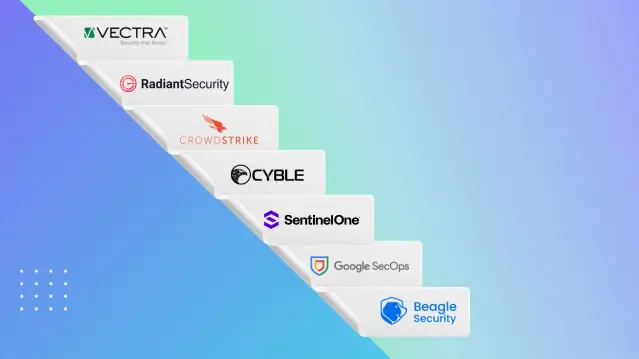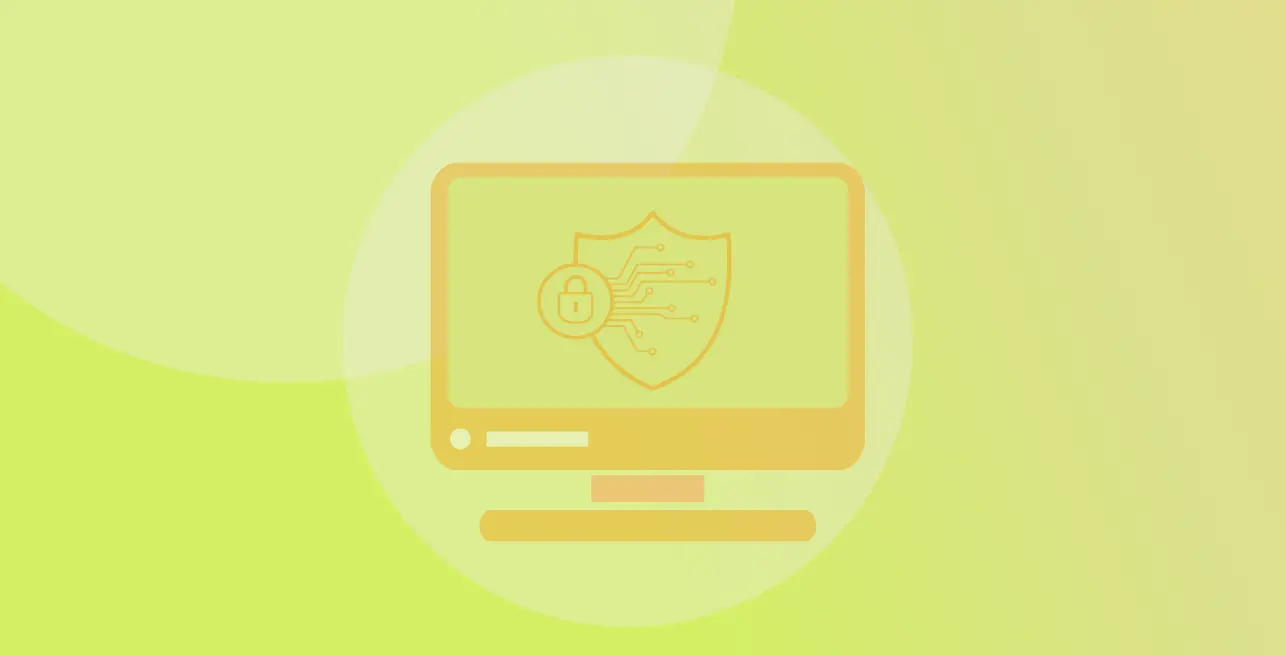
Modern web applications sit at the heart of almost every business today, powering customer experiences, operations, and data exchange. But as these applications grow more complex, so do the opportunities for attackers to exploit them.
To tackle this challenge, organizations turn to web application security standards and frameworks, which are structured guidelines designed to help teams build, manage, and secure applications more effectively.
This guide breaks down what these standards and frameworks are, the most widely used ones in the industry, and how to implement them efficiently.
What are web application security frameworks & standards?
Before diving into specific examples, it’s important to clarify the difference between security frameworks and security standards:
Security frameworks are strategic, high-level blueprints for managing risk and building secure systems. Think of them as the overall security architecture that helps guide governance, process, and implementation.
Security standards, on the other hand, are specific, prescriptive requirements or technical controls that must be followed to achieve compliance or security objectives. They often serve as the checklist used to validate implementation.
In the context of web application security, organizations use both types of guidance to:
- Reduce vulnerabilities
- Comply with regulations
- Establish secure development practices
- Build trust with customers and partners
Top web application security frameworks & standards
Here’s a breakdown of the most relevant and widely adopted web application security standards and frameworks that organizations should know.
OWASP ASVS (Application Security Verification Standard)
OWASP’s ASVS is one of the most authoritative standards for application security. It provides a comprehensive set of security requirements organized into verification levels, covering everything in a detailed checklist for developers and security engineers.
Key areas covered by ASVS include authentication, session management, data protection, error handling and access control.
NIST Cybersecurity Framework (CSF)
Developed by NIST, the Cybersecurity Framework (CSF) is a risk-based model built around five core functions:
- Identify: Understand your environment through asset inventory, data classification, and business context.
- Protect: Apply safeguards like encryption, access controls, and secure development practices.
- Detect: Use monitoring and alerting tools to identify security events.
- Respond: Define incident response plans to contain and mitigate threats.
- Recover: Establish backup, recovery, and post-incident processes to restore normal operations.
While not web-specific, NIST CSF is widely adopted and offers a strong foundation for enterprise-level application security.
ISO/IEC 27034
Part of the ISO 27000 family, ISO/IEC 27034 specifically addresses application security. It introduces the Application Security Management Process (ASMP), helping organizations integrate security throughout the software development lifecycle (SDLC).
Key features include:
- Focusing on secure software engineering at a process level
- Supporting compliance alignment with other ISO standards
- Easier threat and vulnerability management
CIS controls for application security
The Center for Internet Security (CIS) provides a set of prioritized, actionable security controls. The latest version includes dedicated sections for application software security.
Key CIS controls relevant to application security include:
- Control 1: Inventory and Control of Hardware Assets
- Control 5: Controlled Use of Administrative Privileges
- Control 14: Controlled Access Based on the Need to Know
- Control 16: Application Software Security
PCI DSS (Payment Card Industry Data Security Standard)
If your application processes payment data, PCI DSS compliance is non-negotiable. It mandates strict technical and operational controls to protect cardholder data in web applications and infrastructure.
PCI DSS is important because:
- It covers areas like encryption, access control, and vulnerability management
- It is required for any business that handles credit card transactions
- It includes guidelines for secure coding and regular testing
Cloud Security Alliance (CSA) Cloud Controls Matrix
The Cloud Security Alliance’s CCM is a security control framework tailored for cloud-based applications and services. It helps organizations assess risk and maintain compliance in cloud environments.
It includes 197 control objectives covering areas such as application & interface security, identity & access management, encryption, DevSecOps, and continuous monitoring.
It is ideal for:
- Organizations deploying workloads across public, private, or hybrid cloud environments
- SaaS providers building multi-tenant, cloud-native platforms
- Supporting gap assessments, risk prioritization, and third-party vendor evaluations in multi-cloud ecosystems
- Helping align your security posture with multiple industry standards like ISO/IEC 27001, NIST SP 800-53, and PCI DSS, because of its cross-mapped control structure
SOC 2 Type II
SOC 2 (System and Organization Controls) is an auditing standard developed by the AICPA to evaluate how service providers manage customer data. It is based on five Trust Services Criteria: security, availability, processing integrity, confidentiality, and privacy.
SOC 2 is useful for:
- Type II reports that go beyond point-in-time assessments to validate the effectiveness over a defined period (typically 3–12 months)
- Confirming implementation of technical controls like role-based access, encryption at rest and in transit, logging, monitoring, and incident response
- Gaining the trust of enterprise customers and is often required during vendor security reviews
This standard is especially critical for SaaS and cloud-native platforms that handle sensitive customer data or integrations with B2B clients, and while it’s not exclusively a web application security standard, its principles are essential for SaaS platforms and cloud-native apps.
FedRAMP
FedRAMP is the U.S. government’s compliance framework for cloud services. It enforces strict security assessment and authorization processes, based largely on NIST SP 800-53 controls.
It’s key features include:
- A formal authorization process (ATO) and requires continuous monitoring through vulnerability scans, pen testing, and log analysis
- Heavy emphasis on secure configuration baselines, data protection, and application security lifecycle
- Being increasingly seen as a benchmark for secure cloud platforms, even by commercial enterprises operating in regulated industries
It is essential for any organization providing cloud solutions to federal agencies.
HITRUST
HITRUST provides a certifiable framework that combines HIPAA, NIST, ISO, and PCI DSS into a single comprehensive structure. It’s especially relevant for web applications in healthcare or handling protected health information (PHI).
- Emphasizes risk-based scoring, allowing organizations to tailor control implementation based on risk tolerance and regulatory exposure
- Provides a “one certification, many frameworks” model, which ideal for startups and enterprises navigating complex compliance environments
- Widely used for cloud-based platforms handling PHI, electronic health records (EHR), or patient-facing applications
It is designed to help organizations in healthcare, medtech, and biotech streamline compliance with regulations like HIPAA, while also adhering to broader security best practices
How to select the right application security standards & frameworks
Choosing the right web application security standards can feel overwhelming. The key is to align the selection process with your organization’s size, risk profile, industry, and resource availability.
Assess your organization’s needs
Start by identifying:
- What kind of data your application handles
- Regulatory requirements like HIPAA, GDPR, or PCI DSS
- Customer expectations, especially in B2B or government-facing platforms
- Internal maturity level of your AppSec or DevSecOps practices
Consider multiple framework adoption
Many organizations combine frameworks to create a tailored security posture. For example use OWASP ASVS for technical controls and layer in PCI DSS if payments are involved.
Mapping overlapping controls across frameworks can also reduce duplication and streamline compliance.
Stakeholder buy-in and resources
Implementing any standard or framework requires alignment across teams:
- Security and DevOps teams need clarity on technical controls
- Executives need visibility into risk management outcomes
- Legal and compliance need assurance that controls meet regulatory needs
Ensure you have budget, staffing, and tooling to support implementation before committing to a particular standard.
Start small and scale
It’s better to start with a focused, achievable subset of controls (like the CIS Top 20) than to attempt enterprise-grade frameworks without readiness.
Framework adoption is a journey. Pilot in one team or application, then expand based on lessons learned.
Implementing web application security frameworks
Adopting web application security standards is not just about checking boxes, it requires integrating secure practices into your software development and operations workflows.
Creating an implementation roadmap
Define clear phases:
- Gap assessment: Evaluate current posture against the chosen framework(s)
- Remediation planning: Prioritize high-risk gaps for short-term fixes
- Implementation: Roll out controls, policies, tools, and training
- Monitoring & auditing: Regularly verify control effectiveness
Use project management best practices to ensure timelines, owners, and metrics are defined.
Tools for framework compliance
To meet technical requirements in most web application security standards, consider these core tools:
Dynamic application security testing (DAST)
DAST tools simulate real-world attacks on a running web application to identify security flaws that appear in production-like environments.
These tools do not require access to source code. Instead, they test the application from the outside, just like a hacker would.
DAST is used to detect runtime vulnerabilities such as Cross-Site Scripting (XSS), SQL Injection, Cross-Site Request Forgery (CSRF), and insecure redirects. It can also scan for authentication flows and misconfigured security headers while integrating into your CI/CD pipeline smoothly. Examples include Beagle Security and OWASP ZAP.
Static application security testing (SAST)
SAST tools analyze the application’s source code, bytecode, or binaries to find security flaws early in the development lifecycle.
Unlike DAST, these tools don’t need the application to be running and can be integrated directly into your IDE or CI/CD pipeline.
SAST is useful in identifying hardcoded secrets, insecure API calls, improper input validation, and data exposure risks.
Software composition analysis (SCA)
SCA tools help manage risks caused by open source components and third party libraries by tracking dependencies and identifying known vulnerabilities and license compliance issues.
They work by cross-referencing components against databases like Snyk vulnerability DB and OSS Index, and alerting teams to relevant CVEs with severity scores and patch recommendations.
Application security posture management (ASPM)
ASPM solutions aggregate results from various tools, such as DAST, SAST, and SCA into a centralized dashboard.
They help security teams prioritize risk based on business context, map findings to compliance standards like PCI DSS and NIST, and maintain an accurate asset inventory.
ASPM tools also enable audit-ready reporting, helping organizations meet internal governance and external compliance requirements efficiently.
Security orchestration platforms
Security orchestration platforms are designed to automate and coordinate security operations across different tools and workflows. They streamline the execution of tests, manage alerts, and automate remediation processes by integrating with both security and development platforms.
This not only reduces manual effort and response time but also ensures more consistent and scalable security operations across the SDLC.
Training and culture
No framework succeeds without security awareness and education:
- Train developers on secure coding standards
- Encourage shift-left practices in DevSecOps
- Foster a culture of shared ownership for security
Consider regular security drills, internal CTFs, or gamified training platforms to keep teams engaged.
Continuous monitoring and improvement
Framework adoption isn’t a “set-and-forget” project. Implement continuous testing and feedback loops to maintain compliance and adapt to new threats.
This typically includes features such as:
- Automated scanning pipelines
- Security dashboards
- Vulnerability trend reporting
- Scheduled third-party audits or penetration tests
Final thoughts
In today’s fast-paced digital landscape, web application security standards are essential for protecting your customers and your reputation. By adopting the right frameworks and aligning them with your specific risk profile, organizations can build more resilient applications, demonstrate compliance, and reduce the long-term costs associated with breaches and reactive fixes.
Platforms like Beagle Security can accelerate this journey by automating compliance-aligned penetration testing, offering actionable insights, and helping security and development teams stay in sync. Check out our free 14 day trial to see if we are right for all your web application security needs.
FAQ
1. Do I need to implement multiple security frameworks?
Not necessarily, but combining elements from multiple frameworks like OWASP ASVS and NIST CSF can provide broader coverage and better risk alignment. Tools like Beagle Security can help streamline this process by mapping test results to various frameworks.
2. How long does it take to implement a web application security framework?
Implementation time depends on the size of your organization, but most teams can start seeing measurable progress in a few weeks with the right tools and processes.
3. What’s the difference between application security frameworks and compliance standards?
Application security frameworks provide technical guidance for building and securing applications, while compliance standards (like PCI DSS or HIPAA) are regulatory requirements your organization must meet.
4. How much does it cost to implement a security framework?
Costs vary depending on your organization’s size, tech stack, and regulatory requirements, but investing in automation tools like Beagle Security can significantly reduce both manual overhead and long-term risk exposure.
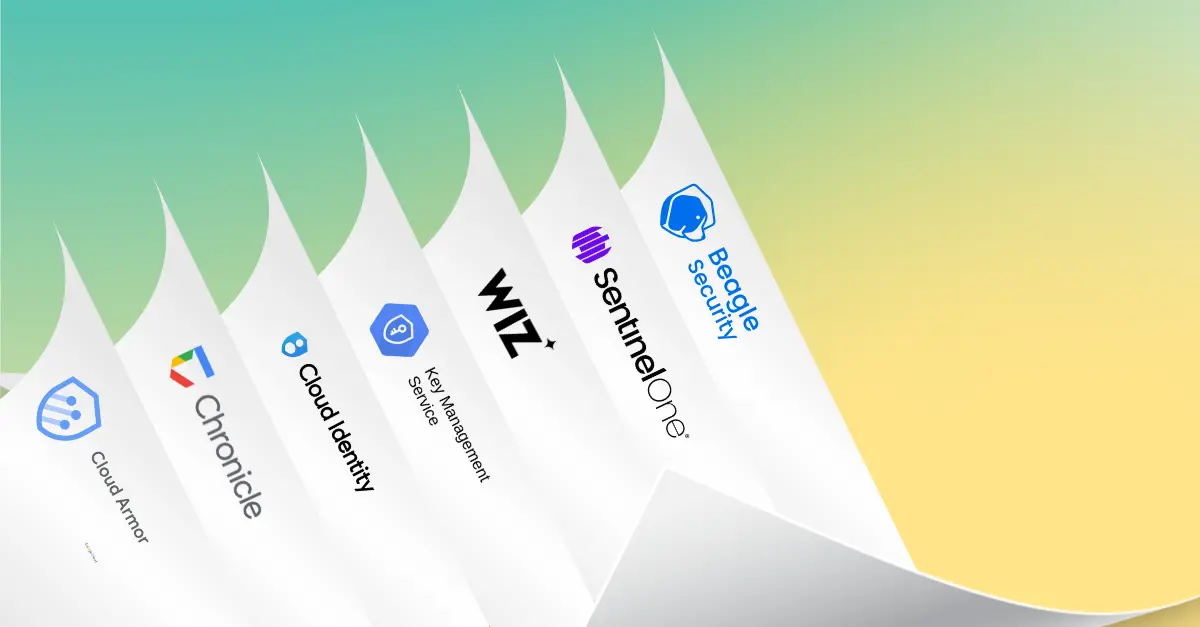
![Top AWS security tools by category [2025] Top AWS security tools by category [2025]](https://beaglesecurity.com/blog/images/top-aws-security-tools-by-category-840.webp)
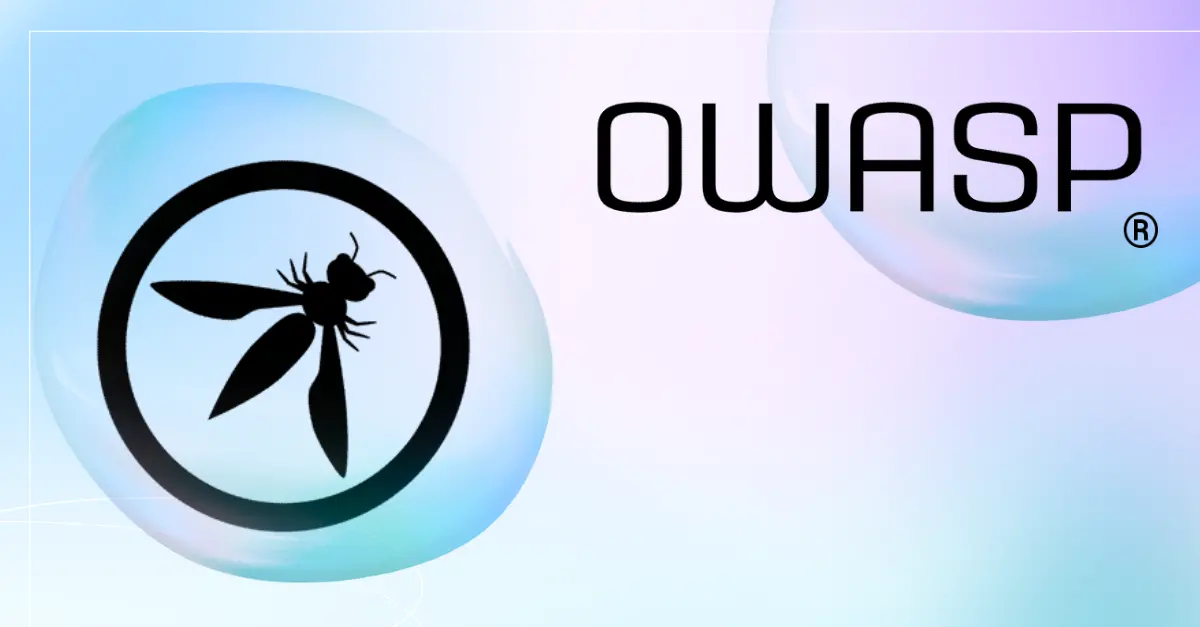
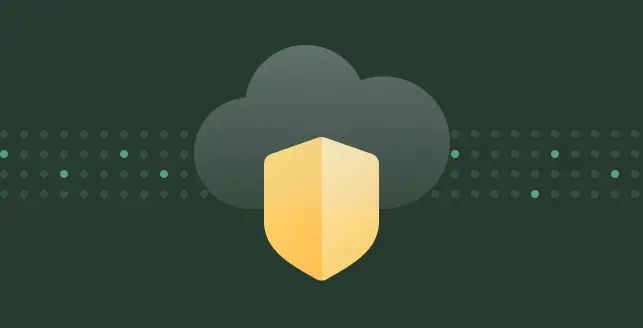
![Top AppCheck alternatives [2025] Top AppCheck alternatives [2025]](https://beaglesecurity.com/blog/images/top-appcheck-alternatives-840.webp)
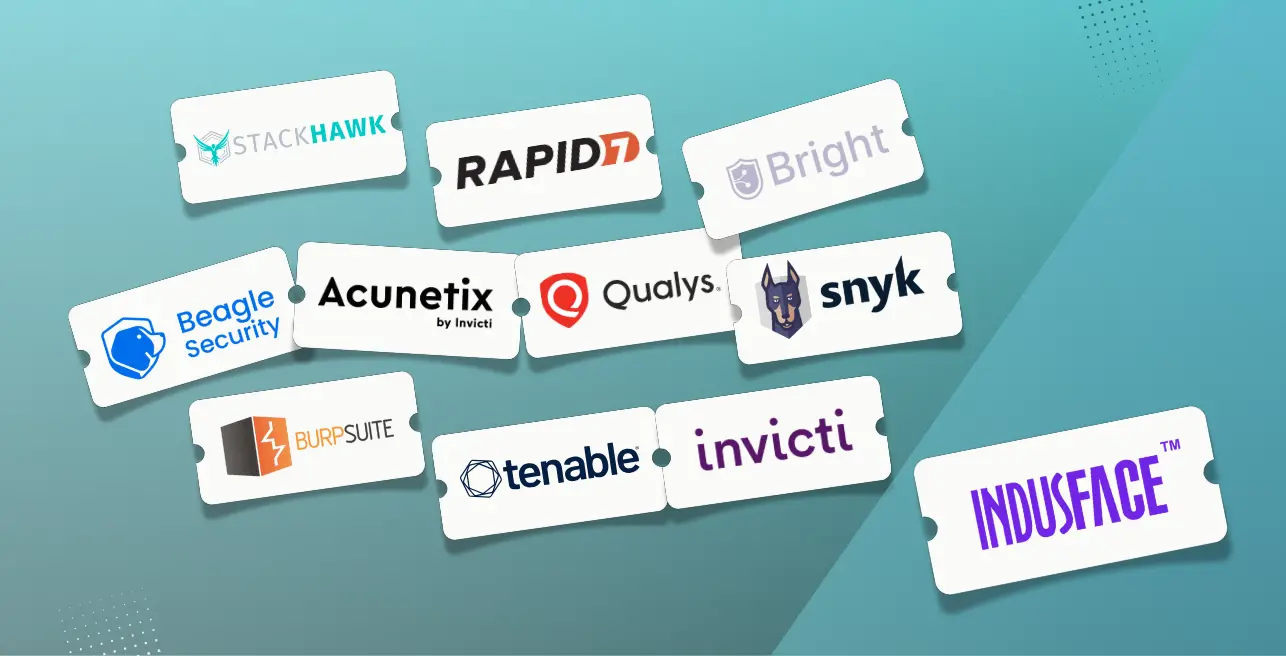
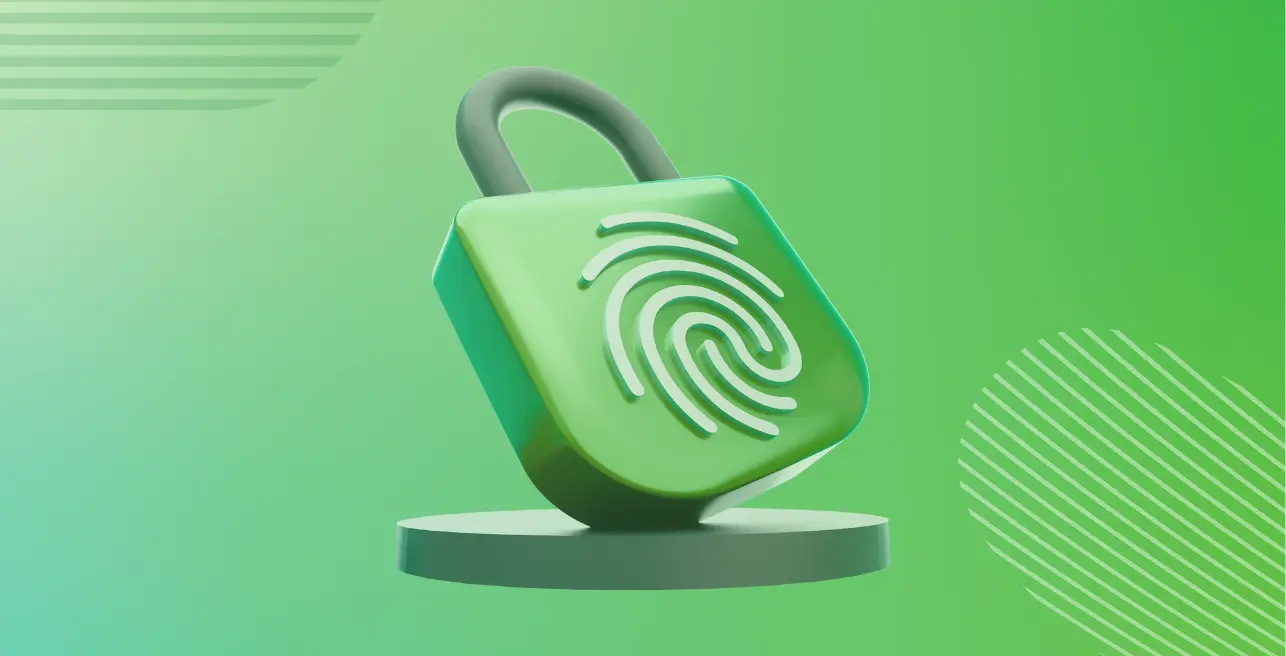
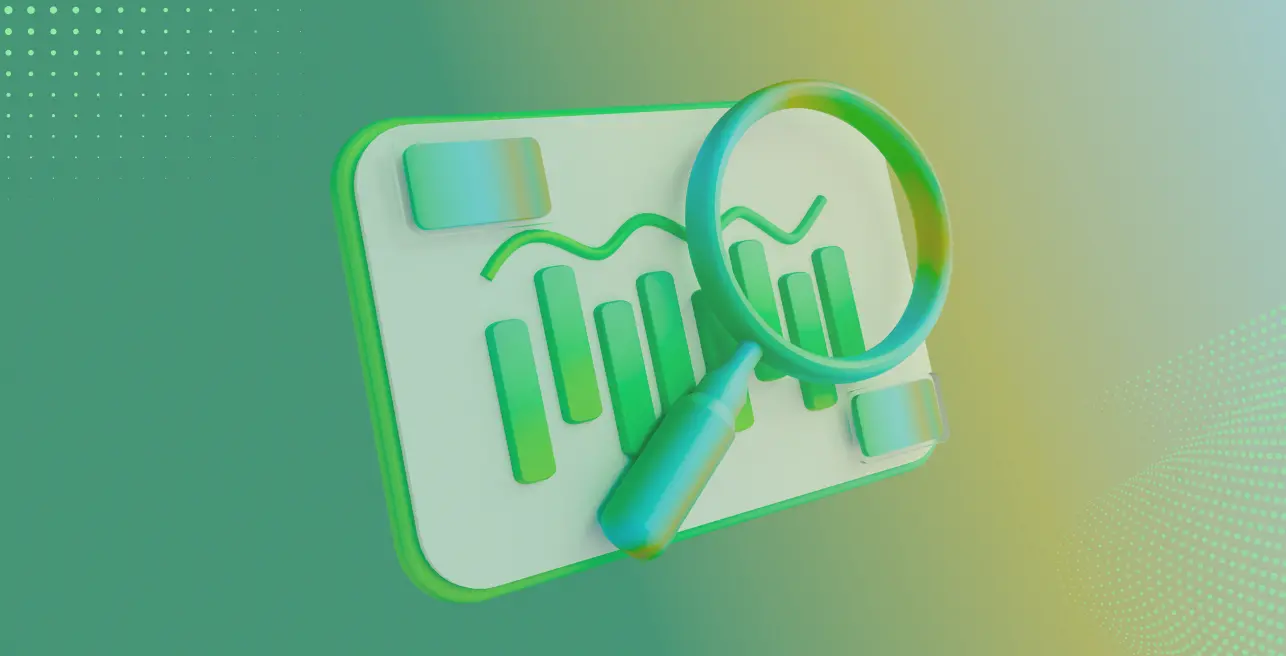

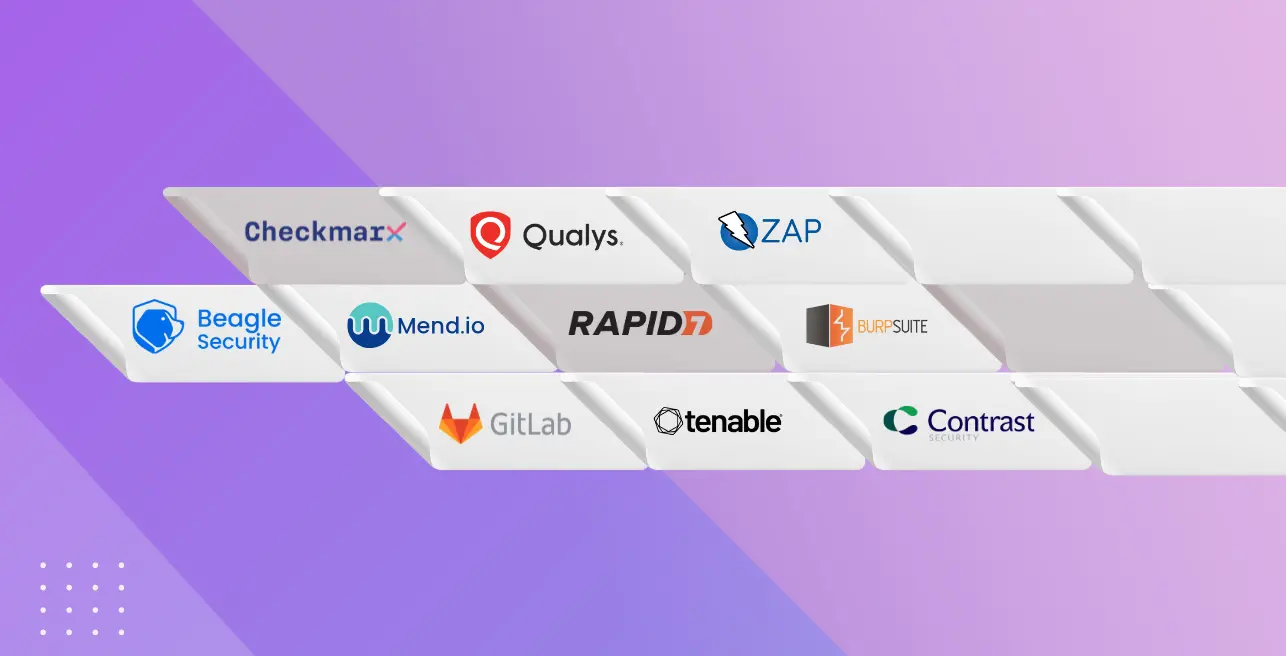

![Top cyber security companies in Canada [2025] Top cyber security companies in Canada [2025]](https://beaglesecurity.com/blog/images/top-cyber-security-companies-in-canada-840.webp)

